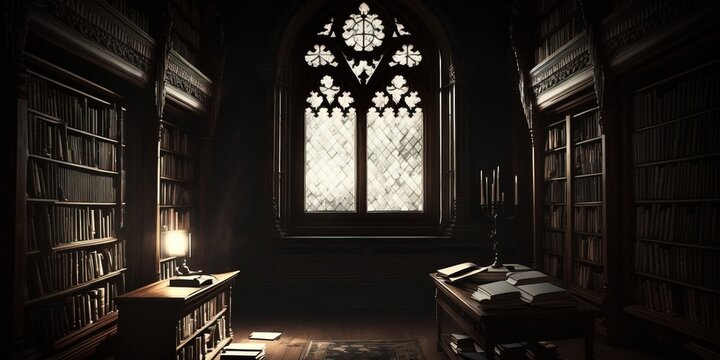
FAQ About Gothic Literature
Gothic Literature
2 years ago | gizem
What is the relationship between Gothic Literature and Romanticism?
Gothic Literature and Romanticism are closely related literary movements that emerged around the same time in the late 18th century and share several thematic and stylistic elements. While they have distinct characteristics and goals, they are often seen as overlapping and interconnected. Here's an overview of their relationship:
- Time Period and Origins: Both Gothic Literature and Romanticism emerged in the late 18th century, with Gothic fiction taking root in the 1760s and Romanticism gaining momentum in the late 18th and early 19th centuries.
- Emotional Intensity: Both movements emphasize the importance of emotional intensity in literature. Romanticism is characterized by a focus on individual emotions, while Gothic literature often explores the heightened emotions of fear, terror, love, and madness.
- Nature: Romanticism places a strong emphasis on the beauty and power of nature. Gothic literature sometimes uses natural settings, but these settings are often portrayed as eerie or menacing, contributing to a sense of the uncanny.
- Supernatural Elements: Both Gothic and Romantic literature incorporate supernatural elements, although their treatment differs. Romanticism may include supernatural elements to explore the sublime and the mysterious aspects of the natural world, while Gothic literature often uses the supernatural to evoke fear and dread.
- Exploration of the Sublime: The concept of the sublime, which refers to experiences that inspire awe and fear, is a common theme in both movements. Romanticism often explores the sublime in nature, while Gothic literature may depict the sublime in eerie or supernatural occurrences.
- Individualism and the Outsider: Both movements often focus on the individual's experience and their status as outsiders or nonconformists. Romantic literature celebrates the individual's quest for self-expression and freedom, while Gothic literature frequently features isolated or marginalized protagonists.
- Themes of the Imagination: Imagination is a central theme in both movements. Romanticism celebrates the creative and imaginative faculties of the human mind, while Gothic literature often explores the dark and irrational aspects of the imagination.
- Rebellion Against Tradition: Both Gothic and Romantic literature can be seen as rebelling against the constraints of tradition and the Enlightenment emphasis on reason and order. They embrace the irrational, the mysterious, and the emotional.
- Use of Symbolism: Symbolism is a common feature in both movements. Romantic writers use symbols to explore deep philosophical and emotional concepts, while Gothic writers often use symbols to convey themes of fear, death, and the uncanny.
- Moral and Ethical Exploration: Both movements engage in moral and ethical exploration, but their approaches differ. Romanticism often explores moral dilemmas and the search for moral truth, while Gothic literature may focus on the consequences of transgression and moral decay.
